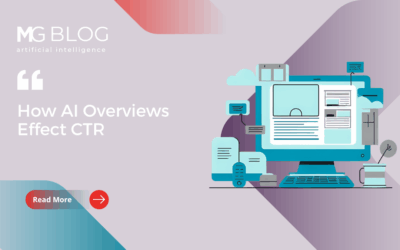If you are an American adult, odds are that in September, your information was hacked.
The news of the Equifax breach, where 145.5 million U.S. consumers had their information stolen, is only the latest in a series of widescale data breaches over the last few years. And while it’s not yet confirmed that nation-state actors are definitively responsible for this breach, experts say all the telltale signs are there.
A new article by Bloomberg Technology reveals that an initial group of hackers found their way onto Equifax’ servers and then handed off the operation to a more sophisticated group to carry out the rest of the hack. The tools this second group used were similar to other recent breaches where Chinese intelligence is suspect — for instance, the Anthem and Office of Personnel Management (OPM) breaches.
The internal fallout of the Equifax breach has already begun: Both the company’s chief information officer (CIO) and chief security officer (CSO) have stepped down in recent weeks. Shortly after, CEO Richard Smith also resigned.
The message to other companies is clear: If it can happen at Equifax, it can happen anywhere. Equifax is a global, multi-billion-dollar company with a CEO that was concerned before the hack about the risk of cyberwarfare. He hired top cyber experts to overhaul the company’s security protocols, yet was still hacked.
The Equifax breach shares a common pattern with other high profile breaches this year, like WannaCry and NotPetya — these too were avoidable if companies kept close watch on patches issued by their technology vendors. On March 6, a cybersecurity researcher provided information to Apache that its Apache Struts backend web application contained a security flaw. Soon after the company issued a fix, information on how to use that data to hack major corporations was posted to a Chinese hacker community website within 24 hours. And just four days later, hackers made their way into Equifax’s servers — penetrating the site using up to 30 different entry points. Like many companies breached before, Equifax was unaware of the attack for months, until July 29 when it shut down some of its online portals linked to the breach.
Nation-state attacks are now the most prominent form of cybersecurity threats. And while it’s still unclear if that was the case at Equifax, companies need to guard themselves against hackers that are more sophisticated and more motivated than the typical dark web bad actor. If enterprises want a fighting chance to outpace theses hacks, they must maintain basic cyber hygiene practices, in addition to creating and testing cyber incident response plans. Basic security upgrades and patches, strong password policies and employee training on the threats of social engineering all need to be in place to keep a company’s customers safe.
And for those of you impacted by the Equifax breach, your best bet is to set up credit monitoring services and freeze your credit. That will at least give you some peace of mind that cyber criminals who obtain your data won’t leave you with thousands of dollars in credit card debt.
Want more information on how leverage cybersecurity trends to get your company news coverage? Contact Merritt Group, info@merrittgrp.com, today for more information!



